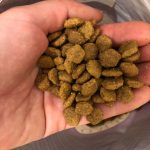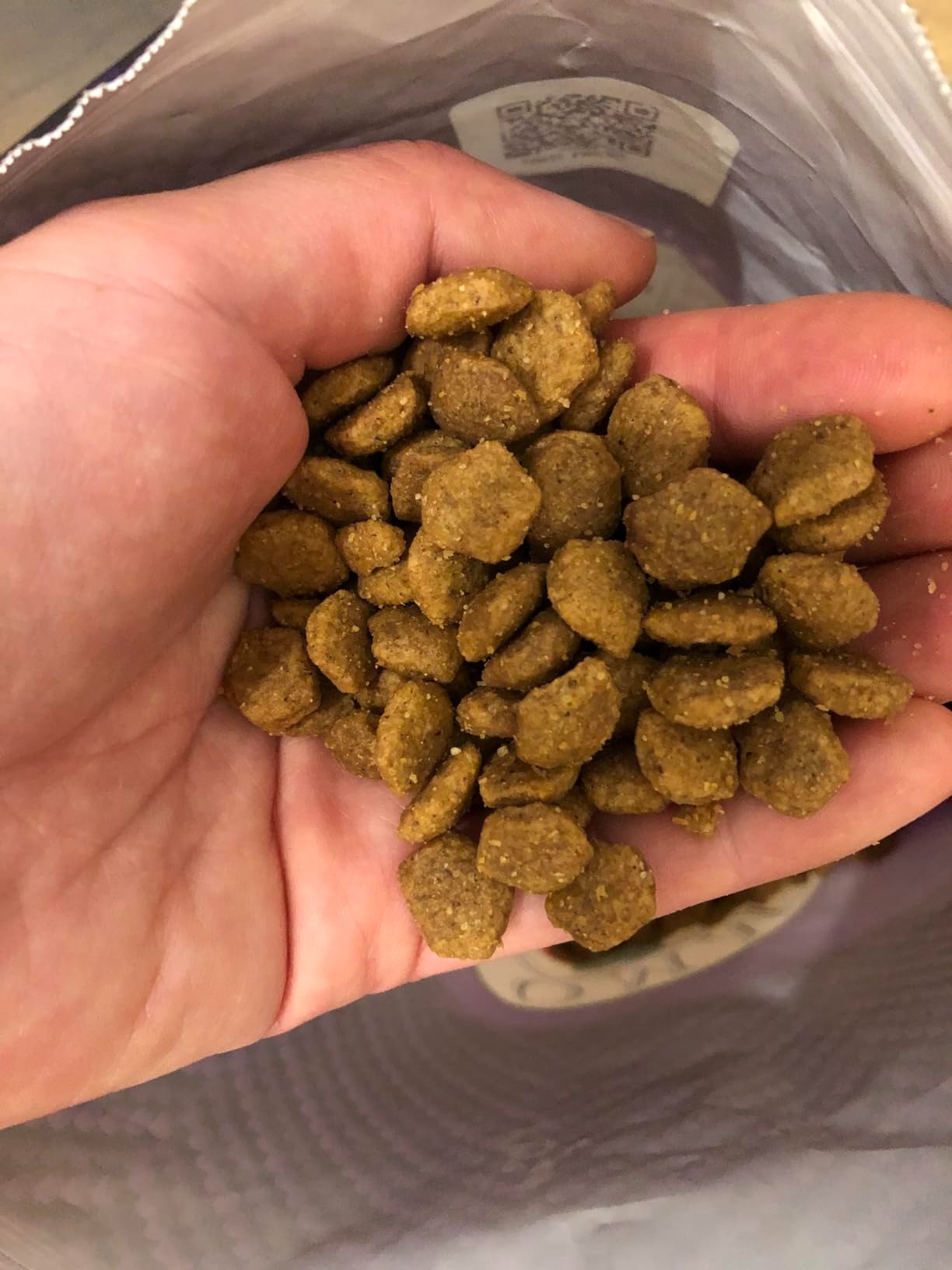What Are Nitrates in a Fish Tank?
Nitrates are a byproduct of the nitrogen cycle in an aquarium. They form when beneficial bacteria break down ammonia and nitrites, which come from fish waste, uneaten food, and decaying plant matter. While small amounts of nitrates are normal and not harmful, high levels can be dangerous for your fish and other aquatic life. Over time, nitrates accumulate in the water, especially in tanks that are not maintained properly. High nitrate levels can lead to stress, disease, and even death in sensitive fish species. This is why it’s important to know how to lower nitrates in fish tank regularly.
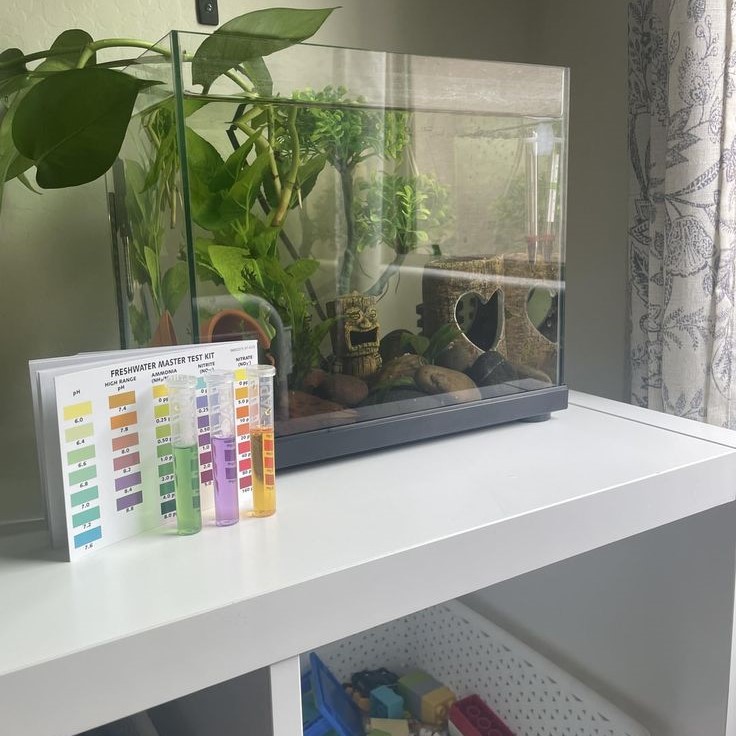
Nitrates are measured using test kits, and ideal levels should stay below 20 ppm (parts per million) for most freshwater tanks. If you notice that nitrates are rising, it’s time to take action and implement strategies to bring them under control.
Understanding what nitrates are and how they affect your aquarium helps you make informed decisions about its maintenance and health.
Why It’s Important to Lower Nitrates in Your Fish Tank
Lowering nitrates in your fish tank is crucial for maintaining a healthy environment for your aquatic pets. High nitrate levels can cause several problems, including algae growth, poor water quality, and stress on your fish. These issues can lead to illness or even death if left unchecked.
One reason to focus on lowering nitrates is to prevent algae blooms. Excess nitrates act as a fertilizer for algae, making it grow rapidly and take over your tank. This not only looks unattractive but also competes with your plants for nutrients.
Another important reason is to protect your fish. High nitrates can weaken their immune systems, making them more susceptible to diseases. Some fish are particularly sensitive to nitrate levels, so it’s essential to monitor and manage them.
Moreover, keeping nitrates low improves overall water clarity and reduces the need for frequent cleaning. A balanced tank is easier to maintain and more enjoyable to watch.
Finally, knowing how to lower nitrates in fish tank ensures that your aquarium remains a safe and thriving habitat for all its inhabitants.
By taking proactive steps to lower nitrates, you can create a healthier environment for your fish and avoid future complications.
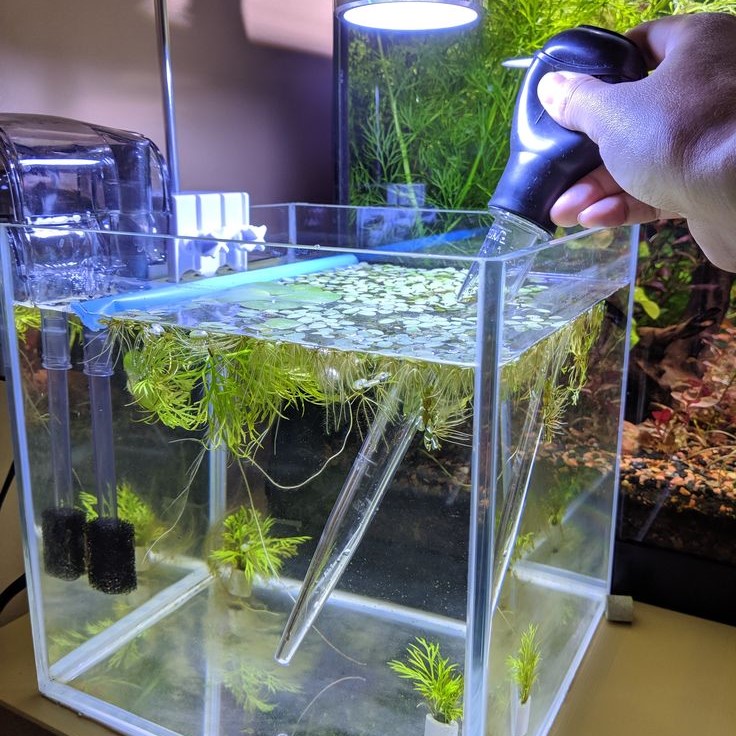
Step-by-Step Guide
Lowering nitrates in fish tank requires a combination of regular maintenance and smart practices. First, perform regular water changes. Changing 20–30% of the water every week helps remove accumulated nitrates and keeps the tank clean.
Next, monitor feeding habits. Overfeeding leads to excess waste, which increases nitrate levels. Feed your fish only what they can eat in a few minutes, and avoid leaving food floating in the tank.
Then, add live plants. Plants absorb nitrates naturally, helping to balance the tank’s ecosystem. Species like Anubias, Java Fern, and Amazon Sword are excellent choices for nitrate reduction.
Also, use a good filter. Make sure your filter is functioning properly and replace the media as needed. A strong filtration system removes debris and helps control nitrate buildup.
Additionally, avoid overcrowding your tank. Too many fish produce more waste, which raises nitrate levels. Stick to recommended stocking levels to keep things under control.
Lastly, consider using a nitrate-reducing product. Some products are designed to bind nitrates or promote bacterial growth that breaks them down. Always follow the manufacturer’s instructions when using these items.
By following these steps, you can effectively lower nitrates in your fish tank and improve its overall health.
What Is the Fastest Way to Lower Nitrates in an Aquarium?
The fastest way to lower nitrates in an aquarium is through large water changes. Changing 50% of the water at once can significantly reduce nitrate levels. However, this method should be used carefully to avoid shocking the fish.
Another quick method is using a nitrate-reducing filter media. These materials, such as peat moss or activated carbon, help absorb nitrates from the water. Replace the media regularly to maintain its effectiveness.
You can also add live plants to your tank. Plants naturally absorb nitrates and provide a natural solution to the problem. Choose fast-growing species for the best results.
In addition, avoid adding any new fish or decorations that could increase waste. Keep the tank clean and well-maintained to prevent nitrates from building up quickly.
Lastly, use a nitrate test kit to track your progress. Regular testing helps you adjust your strategy and ensure that nitrates stay within safe limits.
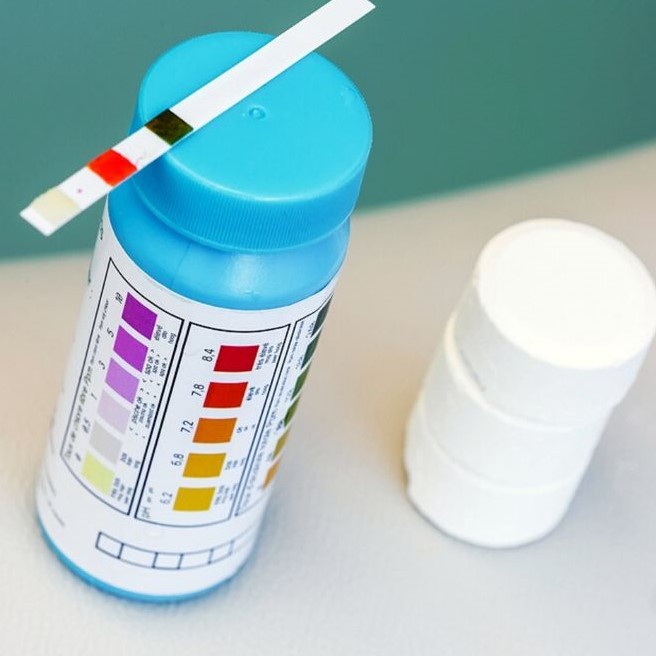
By combining these methods, you can lower nitrates in your fish tank efficiently and safely.
What to Do if Nitrates Are High in a Fish Tank
If nitrates are high in your fish tank, there are several actions you can take immediately. First, perform a partial water change. Change 20–30% of the water right away to reduce the nitrate level quickly.
Next, check your feeding schedule. Overfeeding is a common cause of high nitrates. Reduce the amount of food you give your fish and ensure that all food is consumed within a few minutes.
Then, clean the substrate thoroughly. Use a gravel vacuum to remove waste and debris from the bottom of the tank. This helps prevent nitrates from forming in the first place.
Add more live plants to your tank. Plants absorb nitrates and help balance the water chemistry. Choose species that are known for their ability to reduce nitrates.
Also, check your filter. A clogged or old filter may not be working efficiently. Clean or replace the filter media to improve its performance.
Finally, consider using a nitrate-reducing product. These products can help neutralize nitrates and support a healthier tank environment.
By acting quickly, you can bring nitrates back to safe levels and protect your fish from harm.
What Naturally Removes Nitrates from Water?
Several natural methods can help remove nitrates from water in your fish tank. One of the most effective is adding live plants. Plants absorb nitrates as part of their growth process, making them a great way to keep levels under control.
Another natural option is using driftwood. Driftwood releases tannins into the water, which can help reduce nitrates. It also adds a natural aesthetic to your tank.
Adding certain types of bacteria can also help. Beneficial bacteria break down organic waste and convert it into less harmful substances. You can introduce these bacteria through bacterial supplements or by cycling your tank properly.
A sand bed or substrate can act as a biological filter. It supports beneficial bacteria that consume nitrates, reducing their concentration over time.
Lastly, using a protein skimmer in saltwater tanks can help remove nitrates naturally. This device filters out organic waste before it breaks down into nitrates.
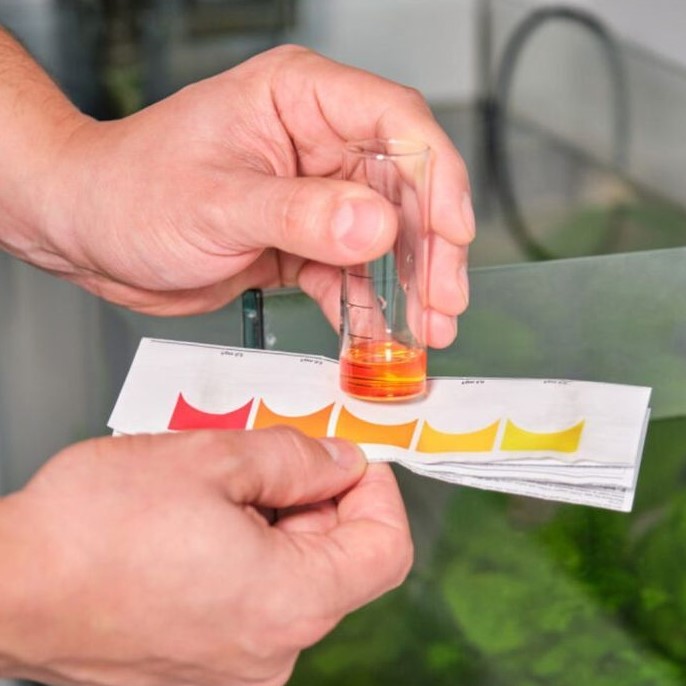
These natural methods work together to maintain a balanced and healthy aquarium.
Why Is Nitrate Still High After a Water Change?
Even after a water change, nitrates might still be high due to several reasons. One possible cause is that the water change was too small. Changing only 10–20% of the water may not be enough to make a significant difference.
Another reason is that the source water has high nitrate levels. Tap water with elevated nitrates can quickly raise the levels again after a change.
Poor filtration is another factor. If your filter isn’t working correctly, it may not be removing waste and nitrates effectively.
Overfeeding is a common issue. Leftover food decomposes and increases nitrate levels, even after a water change.
Too many fish in the tank can also be a problem. More fish mean more waste, leading to higher nitrates over time.
Lastly, lack of live plants can leave nitrates unchecked. Plants play a key role in absorbing nitrates naturally.
To address this, combine water changes with other strategies like improving filtration and adding plants.
Tips for Maintaining Low Nitrate Levels in Your Fish Tank
Maintaining low nitrate levels in your fish tank requires consistent care and attention. First, establish a regular maintenance routine. Perform weekly water changes and clean the tank regularly to prevent waste buildup.
Second, feed your fish appropriately. Avoid overfeeding and remove any uneaten food promptly. This reduces the amount of waste that contributes to nitrates.
Third, add live plants to your tank. Plants not only absorb nitrates but also improve water quality and oxygen levels. They are a natural and effective way to keep your tank balanced.
Fourth, use a good filtration system. Choose a filter that matches your tank size and replace the media as needed. A strong filter helps remove waste and prevents nitrates from accumulating.
Fifth, avoid overcrowding. Too many fish can increase waste production and raise nitrate levels. Follow recommended stocking guidelines to keep your tank healthy.
Sixth, test your water regularly. Use a nitrate test kit to monitor levels and adjust your maintenance plan accordingly.
Seventh, consider using a nitrate-reducing product. These products can help control nitrates, especially if your tank is struggling to maintain balance on its own.
By following these tips, you can keep nitrate levels under control and ensure a safe environment for your fish.
The Role of Live Plants in Lowering Nitrates
Live plants play a vital role in lowering nitrates in your fish tank. As they grow, they absorb nitrates as a nutrient source, which helps reduce their concentration in the water. This makes them a natural and effective solution for managing nitrate levels.
Some plants, like Anacharis and Hornwort, are particularly good at absorbing nitrates. They grow quickly and require minimal maintenance, making them ideal for beginners and experienced aquarists alike.
In addition to lowering nitrates, live plants also improve water quality by producing oxygen and reducing algae growth. They create a more balanced and stable environment for your fish.
It’s important to choose the right type of plants for your tank. Consider factors like light requirements, water conditions, and growth rate when selecting your plant species.
Regular pruning and trimming of plants help maintain their effectiveness. Removing dead leaves and overgrown stems encourages new growth and keeps the tank looking tidy.
By incorporating live plants into your aquarium, you can naturally lower nitrates and create a more vibrant and healthy environment for your fish.
Best Practices for Long-Term Nitrate Management
Long-term nitrate management starts with consistent maintenance. Establish a routine that includes regular water changes, proper feeding, and tank cleaning. This helps prevent nitrates from building up over time.
Monitor your water parameters regularly. Test for nitrates, ammonia, and pH to stay on top of any changes in your tank’s chemistry. Early detection allows you to take action before problems arise.
Use a good filtration system. Invest in a high-quality filter that can handle the size of your tank. Clean or replace the filter media as needed to ensure it works efficiently.
Avoid overstocking your tank. Each fish produces waste, so it’s important to keep the number of fish within safe limits. This reduces the amount of waste and, in turn, lowers nitrate levels.
Feed your fish properly. Only give them what they can eat in a few minutes. Leftover food contributes to nitrates, so it’s best to avoid excess feeding.
Add more live plants. Plants are a natural way to absorb nitrates and improve water quality. They also enhance the appearance of your tank.
Finally, use a nitrate-reducing product if necessary. These products can help control nitrates, especially in heavily stocked tanks or those with limited plant coverage.
By following these best practices, you can maintain a healthy and balanced fish tank for years to come.
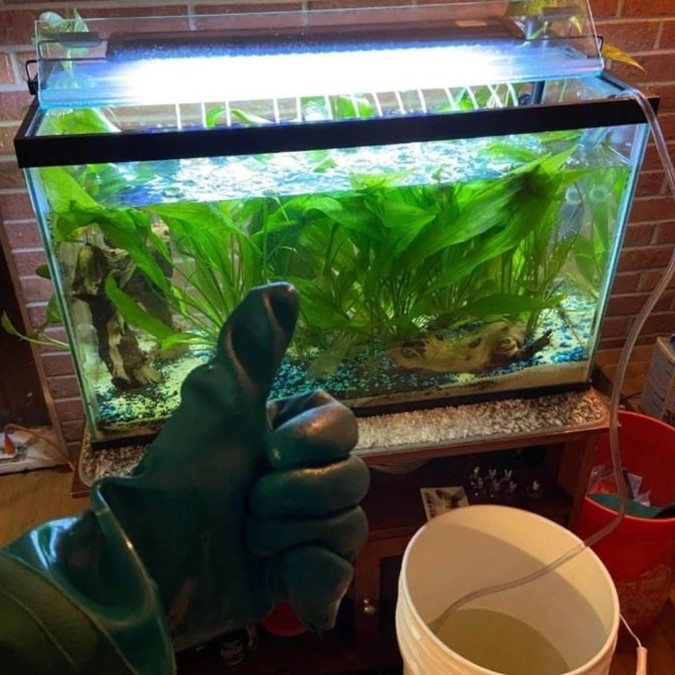
Conclusion
Lowering nitrates in your fish tank is essential for keeping your aquarium healthy and safe for your fish. Whether you’re a beginner or an experienced hobbyist, understanding how to lower nitrates in fish tank is a valuable skill that can improve your fish’s quality of life.
With the right strategies—like regular water changes, proper feeding, and the use of live plants—you can keep nitrates under control and avoid potential health issues for your fish. Don’t forget to test your water frequently and adjust your approach based on the results.
If nitrates are high, don’t panic. Take immediate action by changing the water, adjusting feeding habits, and ensuring your filter is working properly. These steps will help you restore balance to your tank quickly.
Remember, the fastest way to lower nitrates in an aquarium is through a combination of water changes and plant-based filtration. Natural methods are often the most effective and sustainable.
By staying proactive and using the right tools, you can enjoy a clean, healthy, and beautiful fish tank. So, take the time to learn how to lower nitrates in fish tank and keep your aquatic world thriving.
How to lower nitrates in fish tank? With the right knowledge and effort, it’s easier than you think. Start today and see the difference in your tank’s health.

